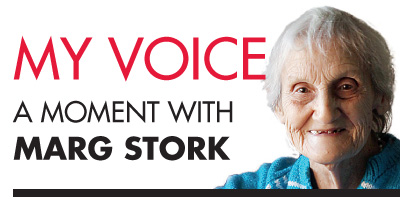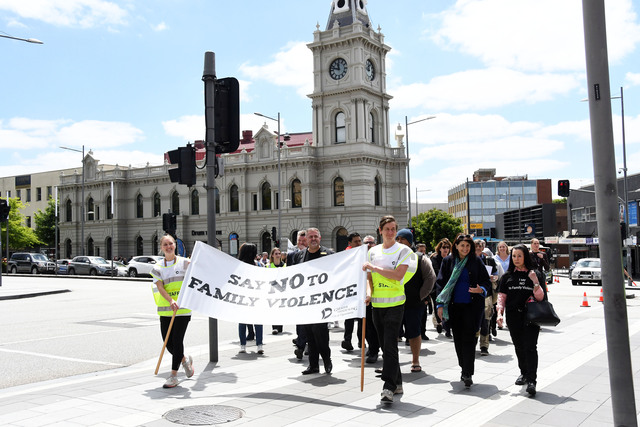When I traced the wonderful work the staff and swimming teachers have done and continue to do, teaching young people to swim at the Dandenong Oasis Centre I turned back the pages of time to the days when Claude Quist saved many lives with his expertise as a volunteer lifesaver.
On many occasions he rescued not only children but adults who experienced difficulties in the Dandenong Creek. Sadly, sometimes he was too late in reaching them.
Claude was a Dandenong printer, conducting his own business specialising in cards, wedding invitations and leaflets.
He knew all the main trouble spots in the Dandenong Creek and was sometimes so wary of spots that he hesitated to put his own life at risk to help others. He was one of many of Dandenong’s unsung heroes.
I’d love to hear your thoughts on other unsung heroes of Greater Dandenong, both living and past. Please email or write to me with your suggestions.
No call defeated
Do you remember the good old days when the Dandenong Journal circulated throughout not only Dandenong Shire, but also Berwick, Cranbourne, Mulgrave and Ferntree Gully for the princely sum of two pence?
I do and in a front page dated Wednesday 21 June 1939, I was interested to read an advertisement spanning two columns which urged ratepayers to vote ‘No’ in a referendum scheduled for 30 June 1939 regarding a proposal by the shire to borrow 10,000 pounds for the reconstruction of the Dandenong Town Hall.
The advertisement read: “Non-productive outlays increase rates – The present town hall loans are not redeemed till 1948 and 1954, so why add additional burdens? A new loan – further liability for thirty years. Essentials: better roads, byways and drainage. Roll up, vote no, or pay up.”
Thankfully the yes campaign won the day or Dandenong’s most iconic landmark may have been lost. In results published in the Journal on 5 July 1939, the no vote fell well short of the 2170 required to veto the loan application: 1039 residents voted for the proposal, 1103 against.
Chequered history
On page three of the same edition in 1939 another advertisement, this one placed by the National Bank of Australasia, highlighted the benefits of cheques.
“Payment by cheque has three outstanding advantages: Convenience – Having a current account, you are enabled to pay from your desk at home. This saves time, fare-money, waiting at the cashiers’ desks, and the need for carrying large sums of cash about with you. Safety – With a current account, your funds are protected from theft, fire, and general loss. Your cheques also afford the safety of a receipt for each amount paid. A Record – Your cheque-butts, with their details of each expenditure, serve as a record of payment, and are a positive aid in budgeting.”
One wonders what readers in 1939 would make of internet banking, PayPal and Paypass?







